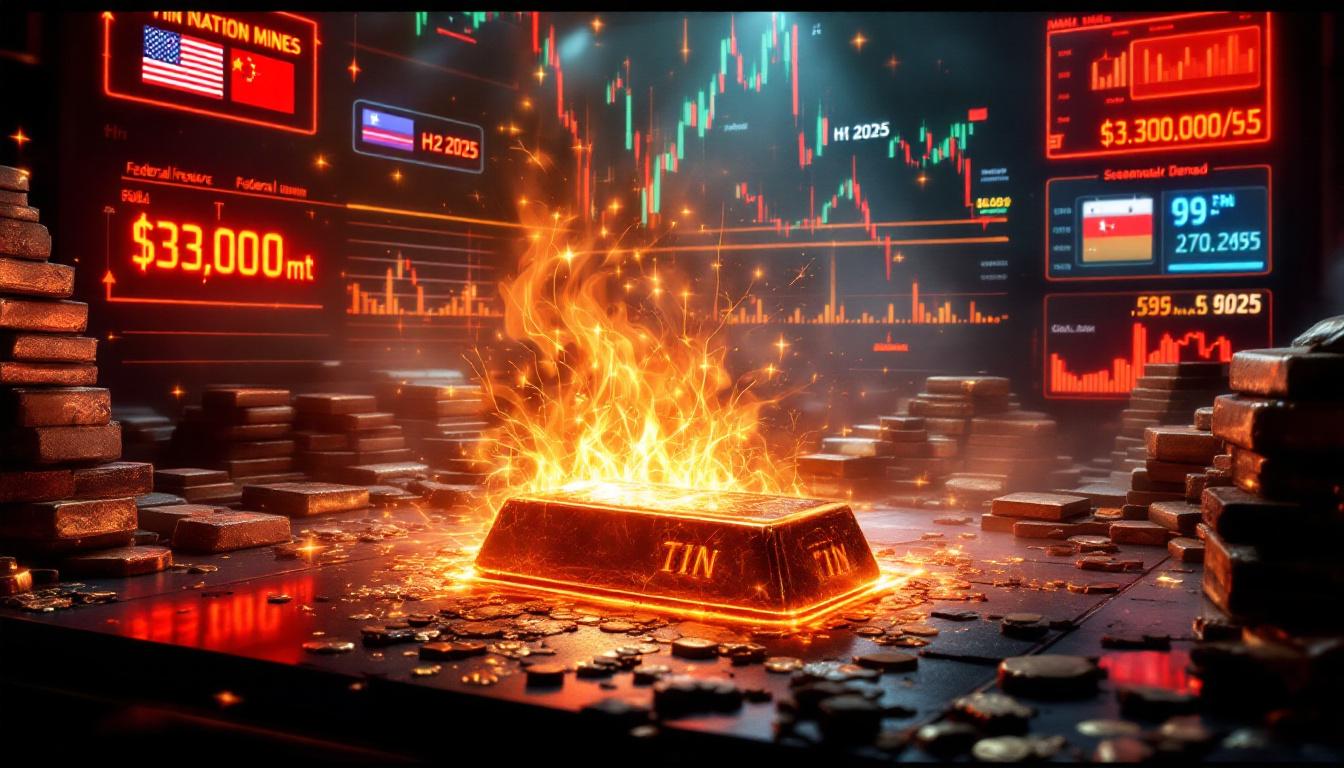Feldspar Production by Country: Global Leaders and Industry Insights
Feldspar, an essential mineral resource, is fundamental to many manufacturing sectors. Its importance is especially clear when examining feldspar production by country, which offers a window into global market trends. In addition, this resource provides valuable insights into industrial supply chains and the economic framework behind mineral extraction.
What is Feldspar?
Composition and Classification
Feldspar represents a large and complex group of aluminium tectosilicate minerals. These minerals account for roughly 60% of the Earth's crust. In addition, the group contains compounds based on barium, calcium, potassium, and sodium. For instance, sodium-calcium feldspars (plagioclase) are the most widespread variety in nature. For a broader feldspar overview, many readers consult feldspar overview.
The mineral's name comes from the German words "feld" (field) and "spat" (a rock that does not contain ore). Consequently, this reflects its common occurrence in fields and its non-metallic properties. Mineralogically, feldspars are divided into two primary groups: alkali feldspars and plagioclase feldspars.
Formation Process
Feldspars primarily crystallise from magma during the formation of igneous rocks. Moreover, they are present in granite, syenite, and other plutonic formations. In addition, these minerals also appear in metamorphic rocks through recrystallisation. Commercially viable feldspar deposits mainly occur through volcanic activity.
This process concentrates the mineral into exploitable volumes. Furthermore, regions with significant igneous history become natural production hubs. For example, some areas benefit from understanding the Earth’s dynamic crust and its role in mineral formation.
Which Countries Lead Global Feldspar Production?
Top 5 Feldspar Producing Nations
Recent statistics show that India leads the market with an annual output of 6.6 million tonnes in 2022. It has impressive reserves estimated at 320,000 tonnes. Indian deposits mostly come from Rajasthan, Andhra Pradesh, and Gujarat. In addition, many experts note that feldspar production by country trends highlight India’s strategic advantage.
Following India, China produced 2.4 million tonnes in 2022. This production draws from reserves of approximately 130,000 tonnes. Chinese deposits are located mainly in Shandong, Jiangsu, and Guangdong. Furthermore, its feldspar supports the vast ceramic and glass manufacturing sectors within the country.
Italy ranks third in global output with 2.2 million tonnes produced in 2022. Italian mining is concentrated in Sardinia and Tuscany, where exceptionally high-quality deposits have long supported its world-renowned ceramic industry.
Iran produces roughly 2 million tonnes annually. It possesses the world’s largest known reserves at 630,000 tonnes. This robust reserve gives Iran significant long-term benefits.
Finally, Thailand produces 1.3 million tonnes each year. Its reserves stand at 220,000 tonnes. Thai feldspar is noted for its high potassium content, making it extremely valuable in specialist ceramic applications.
Secondary Production Leaders
Other nations contribute modestly but are still significant. These include:
• South Korea – approximately 1 million tonnes annually with 180,000 tonnes reserves.
• Spain – around 800,000 tonnes per year.
• Brazil – 630,000 tonnes with 150,000 tonnes in reserves.
Countries such as the Czech Republic and the United States also play a part. The Czech Republic produces 460,000 tonnes annually despite modest reserves of 22,000 tonnes. Similarly, the United States contributes about 420,000 tonnes, with production centred in North Carolina and California. In addition, such statistics lead many stakeholders to review mining feasibility studies and economic viability insights.
How is Feldspar Used in Industry?
Glass Manufacturing Applications
Glass manufacturing consumes roughly two-thirds of feldspar globally. The mineral serves as a critical flux owing to its potassium oxide (K₂O) and sodium oxide (Na₂O) content. These compounds help lower the melting temperature of silica. Consequently, glass production becomes more energy efficient. Manufacturers value feldspar for its low iron content, which minimises colour defects.
Additionally, feldspar supplies both aluminium oxide (Al₂O₃) and calcium oxide (CaO) as stabilisers. This, in turn, improves the durability and chemical resistance of glass products. For example, modern glass container production and fibreglass manufacturing rely heavily on such raw materials.
Moreover, during refining, engineers may utilise mineral separation techniques in processing raw materials to extract and purify feldspar efficiently.
Ceramic Industry Applications
In ceramics, feldspar acts as a flux to produce a glassy phase during firing. This process promotes vitrification, delivering the characteristic hardness and durability seen in ceramic products. In addition, feldspar provides essential alumina and alkalies to ceramic glazes, thereby improving both aesthetic and functionality.
The concentration of feldspar varies:
• High-precision applications, such as dental porcelain, may contain up to 80% feldspar.
• High-tension electrical porcelain typically incorporates between 25-35% feldspar.
Thus, the mineral bridges traditional artistry and modern technical requirements seamlessly.
Other Industrial Uses
Beyond glass and ceramics, feldspar is used as a filler in paint production. It improves the opacity and durability of coatings. In addition, feldspar enhances the mechanical properties of plastics and rubber products. Its natural insulating properties also make it ideal for electrical components. For instance, this mineral helps produce components that withstand high voltages without conducting electricity.
What Factors Influence Feldspar Production?
Resource Distribution
Commercially viable feldspar deposits require very specific geological conditions. Volcanic activity is essential because magmatic processes concentrate the mineral into economically extractable volumes. Consequently, only regions with significant igneous history become major production hubs. In this context, countries such as India, Iran, and Italy benefit from their unique natural endowment.
Production Trends
According to the US Geological Survey, global feldspar output remains stable at approximately 26 million tonnes annually. In addition, while the major producers maintain their output, there exists a "long-tail" of minor producers. For instance, additional outputs of 2,600 and 2,610 metric tonnes were recorded in 2022 and 2021 respectively. This scenario emphasises that feldspar production by country remains a critical indicator in the global market.
Reserve Considerations
Reserve estimates also influence production strategies. Iran’s reserve of 630,000 tonnes provides it with a strategic advantage. Similarly, India’s reserves of 320,000 tonnes bolster its leading role. Moreover, significant reserves exist in Thailand, South Korea, and Brazil, with figures of 220,000, 180,000, and 150,000 tonnes respectively. Such distributions have prompted many to consult global commodities market insights and political dynamics to understand the broader market implications.
Future Outlook for Feldspar Production
Industry Trends
Global output is expected to remain stable at around 26 million tonnes per year. Nevertheless, changes may occur as regions with higher reserves increase their share. For example, emerging technological advances and increased demand are likely to trigger developments in feldspar production by country rankings. Furthermore, mining industry predictions for 2025 suggest subtle shifts in market dynamics.
In addition, the concentrated production in Asia and specialised production in Europe underline significant regional differences. The majority of feldspar production in Asia comes from India, China, Iran, and Thailand. Conversely, Europe's strength lies in its high-quality deposits, which support niche ceramic industries.
Market Projections and Insights
Future directives in the feldspar sector include:
• Increased emphasis on sustainable extraction methods.
• Greater investment in R&D to optimise processing techniques.
• A potential shift in market leadership driven by changing reserve estimates.
Many analysts also refer to the feldspar mining market outlook for a comprehensive view of upcoming trends. Ultimately, while manufacturing requirements may evolve, the strategic importance of feldspar remains undiminished. Indeed, factors such as global economic conditions and political dynamics continue to shape both production and investment landscapes.
Conclusion
In summary, feldspar remains a pillar of numerous industries. Its critical role is visible across glass, ceramics, and beyond. Stakeholders and industry experts alike observe that feldspar production by country is a key economic indicator. With emerging technological advances and evolving market demands, the mineral's future looks promising, underpinning continued growth across global industries.
Want to Catch the Next Big Mineral Discovery Before the Market Does?
Discover how major mineral discoveries can lead to exceptional market returns with Discovery Alert's proprietary Discovery IQ model, delivering real-time notifications on significant ASX announcements. Explore historic examples of substantial investment outcomes on our dedicated discoveries page and start your 30-day free trial today.




